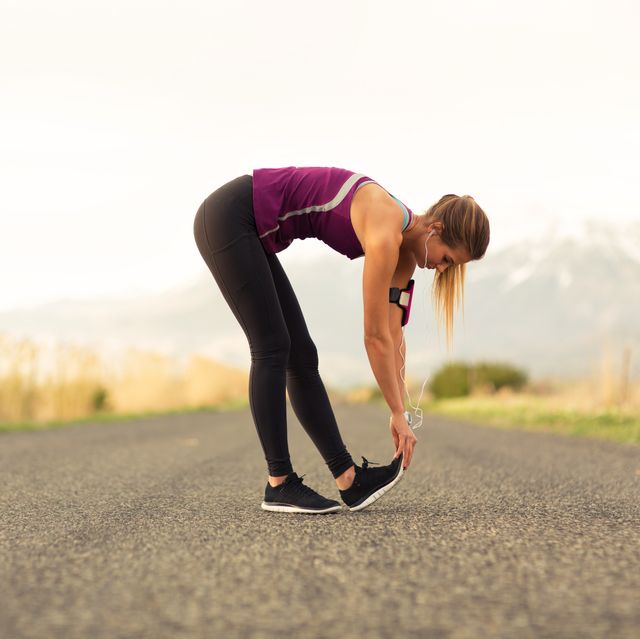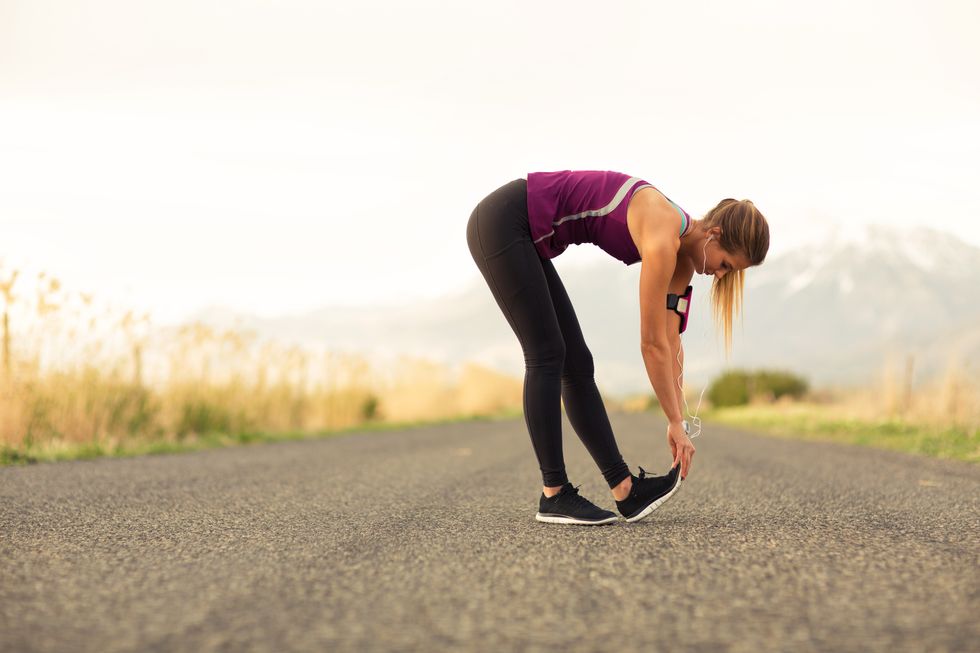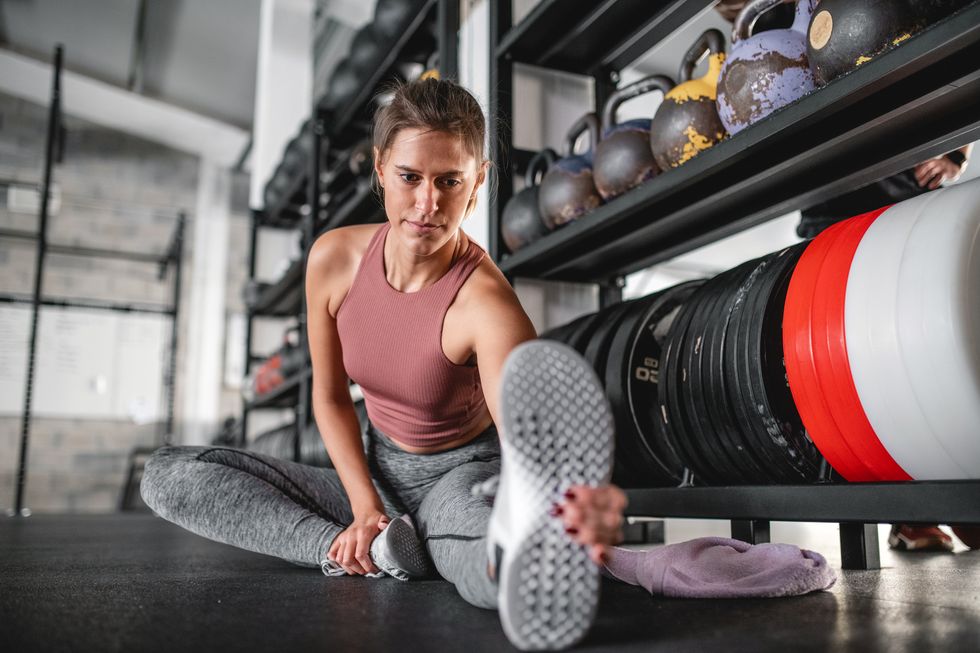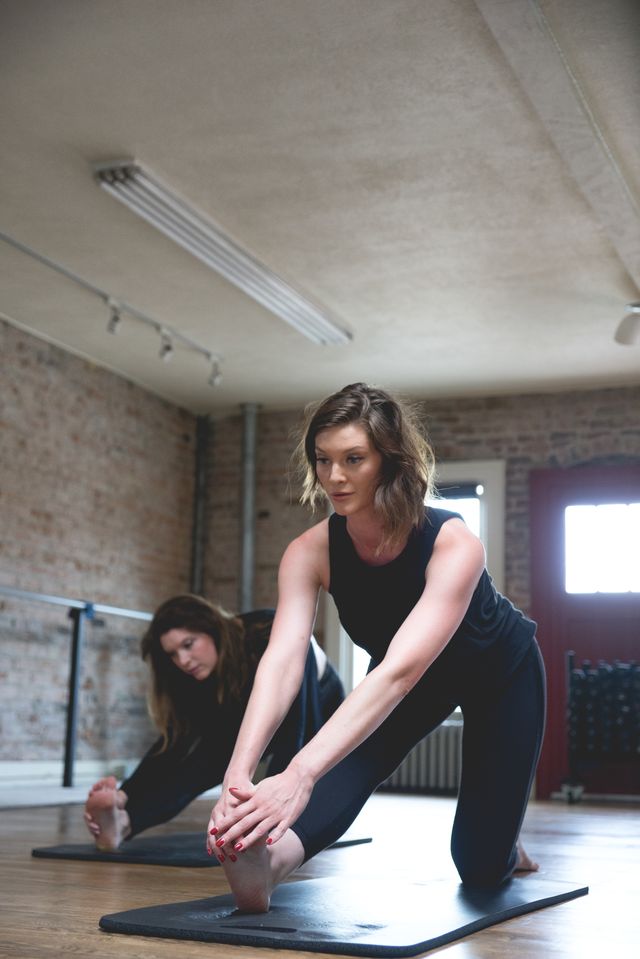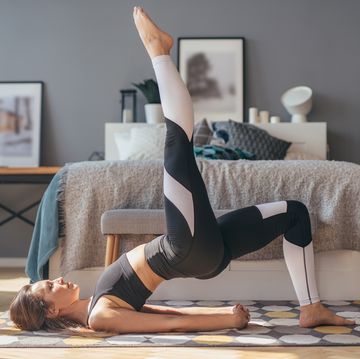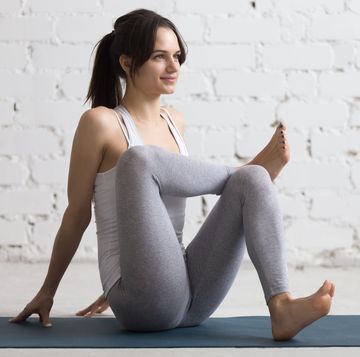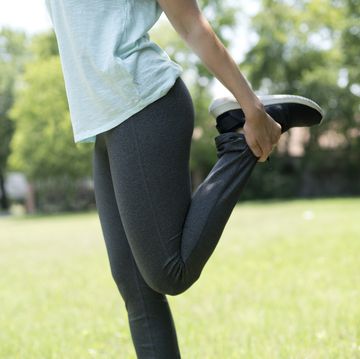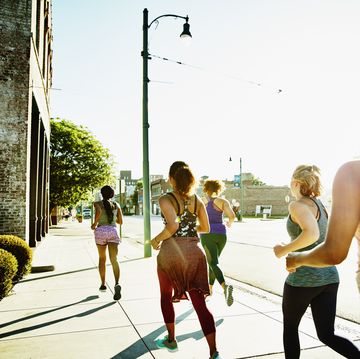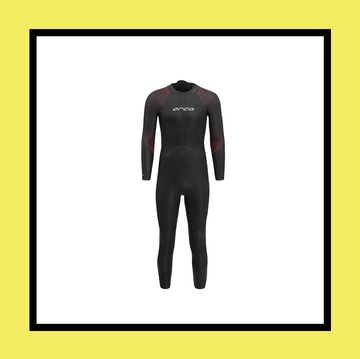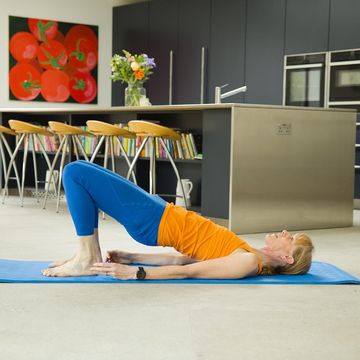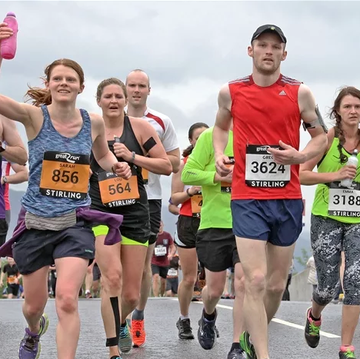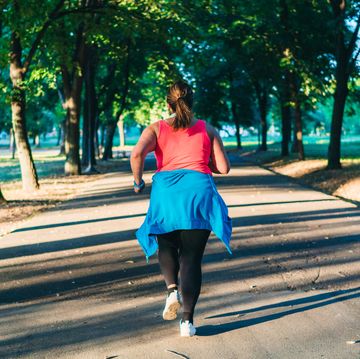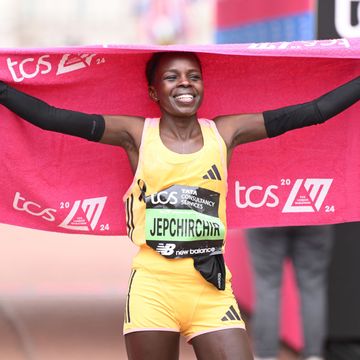Most runners report having tight hamstrings. But most runners also report spending little time stretching their hamstrings. Ergo, the tightness continues.
Yet hamstring stretches are some of the most simple stretches you can do – and reap many benefits, including; reduced tension, improved flexibility, injury prevention and increased range of movement.
So why should runners stretch their hamstrings?
The science around what actually happens in your body when you stretch can get a little complicated. But all you really need to know is that when you stretch, you develop the relationship between your muscles and your nervous system. When the muscles are put under constant stress (yes, that includes pounding pavements), it's these nerves that sound the alarm through discomfort and pain. By stretching, you're essentially reassuring your nervous system that it can tolerate higher levels of muscle extension.
Do runners need length in their hamstrings?
Runners need to develop some length – and strength – in their hamstrings to prevent injury. 'Tightness in the hamstrings can lead to lower back or hip pain,' says injury rehabilitation specialist and owner of Body First UK Physio and Wellbeing Clinic, Liz Tough.
'Tightness could also cause a lack of range of movement (ROM) in the hips or knees. In the clinic we see a high number of leg length discrepancies, which can then lead to posture imbalance, running stride imbalance and impact running performance. This, in turn, leads to complaints of knee pain.'
Is it okay to run with tight hamstrings?
A little tightness is okay, but 'very tight and short hamstrings can become weak as the muscle fibres do not have their full ROM,' says Tough. 'Tight hamstrings are often the cause of minor tears in the muscle fibres and can affect your running gait and posture.'
Why do runners get such tight hamstrings?
Tight hamstrings are the bugbear of many runners. 'So many of the runners I treat in clinic tell me they are constantly stretching their hamstrings, but it's not making any difference, and that they're still suffering from chronically tight hamstrings. My advice is that you may need to switch up your strength and stretch training to help find out the root cause of these tight hamstrings.'
Some runners, she explains, have either anterior or posterior pelvic tilt (ie their bum is either sticking out or being pulled to tuck under). 'If the pelvis is being tilted forward, therefore giving the patient an exaggerated lumbar arch [your bum sticks out] this can cause the hamstrings to become unstable and overworked. In this position, the hamstrings are in constant tightness stretch – so instead of stretching them even more, you need to look at stretching the hip flexors, situated at the front of the pelvis.
'But, if you have a tucked-under pelvis, this can cause problems with your knees and cause shortening in your calves and Achilles. So it may not be enough to just stretch your hamstrings – you need to stretch your calves too.'
In summary...
- It's not enough to just stretch, you need to strengthen
- You need to stretch the whole muscle chain, including the tendons.
Best hamstring stretches for runners
The below hamstring stretches are all static stretches – this means extending the muscle to a point of slight discomfort and then holding it for a short period of time. When performed correctly, static stretches can help to improve your flexibility. Just remember, stretching should never be painful. So stop when you begin to feel tightness, and do not continue to the point where you feel pain.
Standing hamstring stretch
- Take a step forwards with one leg and keep that front leg relatively straight.
- Then bend the trailing leg until the knees meet in the middle.
- Slightly bend the front, straight leg and lean forwards at the waist – you should feel the stretch along the back of the upper leg.
- Hold the stretch for 40-60 seconds on each side.
Seated hamstring stretch
- Sit on the floor with one leg out straight.
- Bend the other leg at the knee and position the sole of that foot against your opposite inner thigh.
- Extend your arms and reach forward to fold over the straight leg (remembering to keep a small bend in the leg).
- Hold the stretch for 40-60 seconds on each side.
Kneeling hamstring stretch
- Kneel with one leg stretched out in front of you – keeping the heel on the floor.
- Keep the knee bent (rather than a completely straight leg), then, keeping your hips where they are, lean forwards towards the leg stretched out front.
- Hold the stretch for 40-60 seconds on each side.
Lying on your back hamstring stretch
For this stretch, you need a resistance band (or towel, if you don't have one).
- Lie with your legs straight out in front, then lift one leg up to about 90 degrees using a resistance band placed under the arch of your foot.
- Pull on the towel or resistance band and your leg will start to straighten.
- The higher your foot travels towards the ceiling, the greater the stretch.
- Once your foot is in the air, hold the stretch for 40-60 seconds, then switch.
A little advice... always keep a slight bend in the knee when stretching your hammies – you want to actually stretch the hamstrings and not the sciatic nerve at the back of the knee. Of course, in Pilates and yoga, you may well find the teacher asks you to straighten your legs (and touch your toes) but, for runners, we want to make sure we're stretching the muscle, which is high up on the back of the upper leg.
